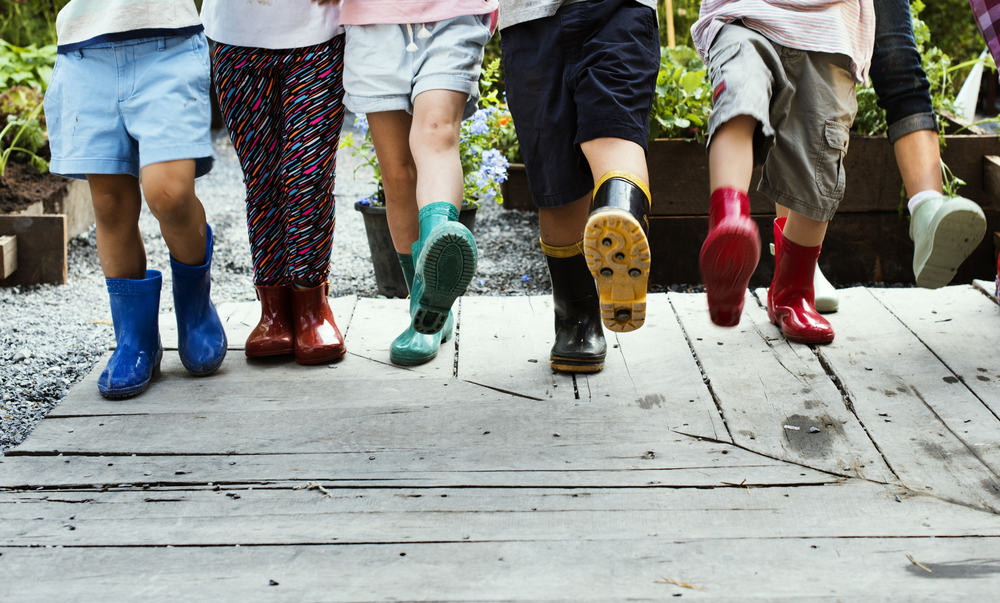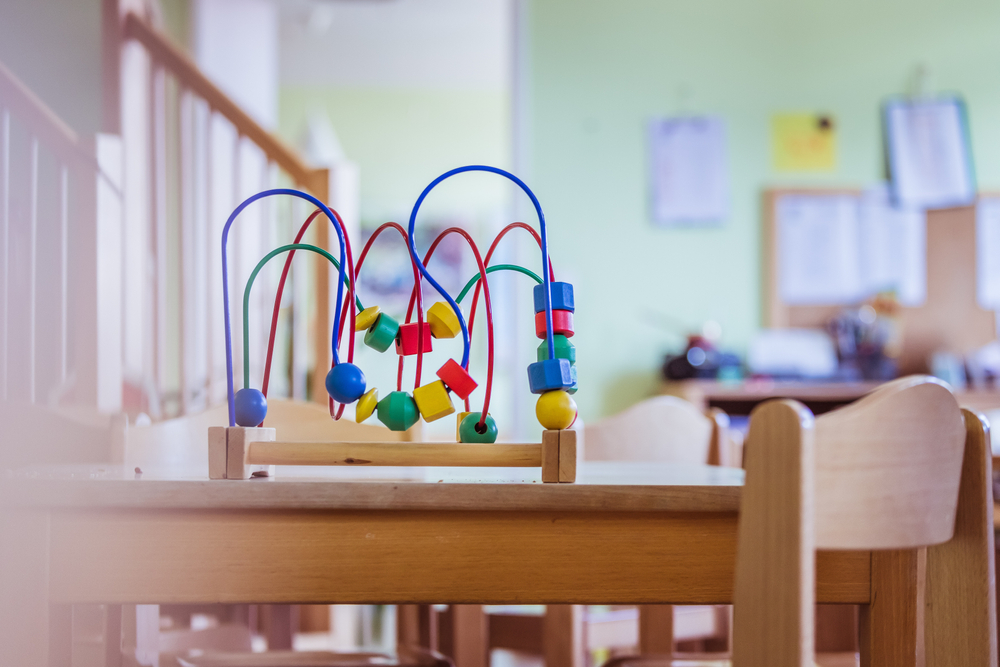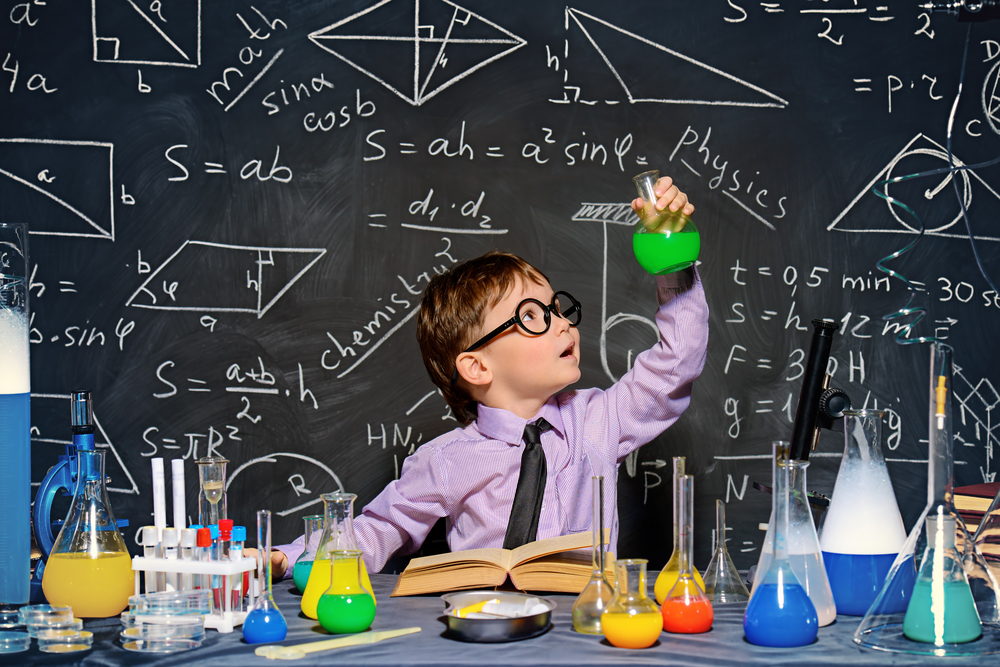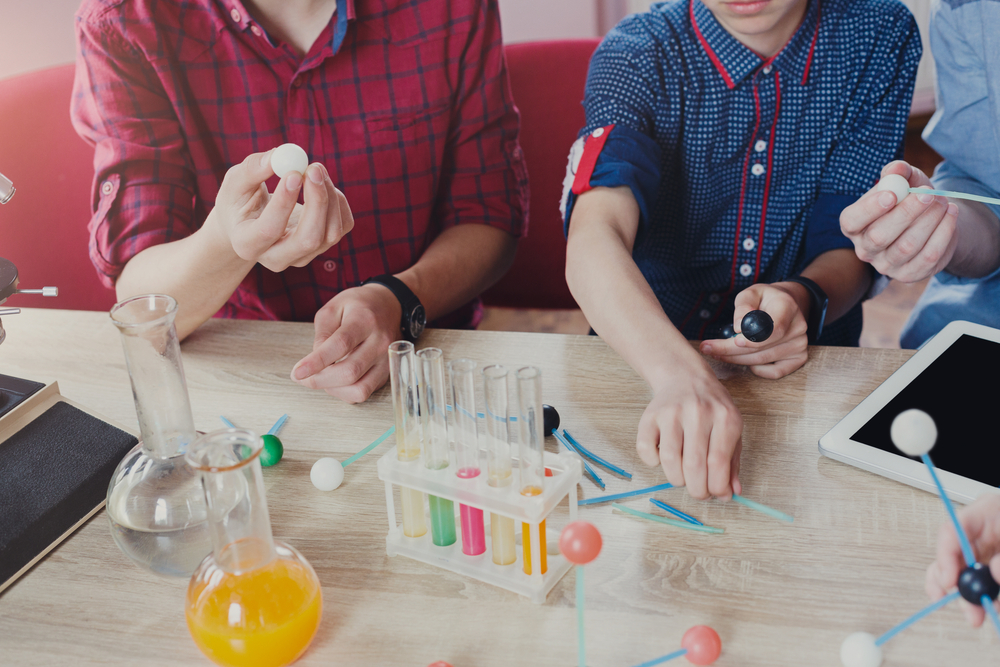Spatial awareness Physical Science Worksheets for Ages 4-9
4 filtered results
-
From - To
Discover engaging and educational Spatial Awareness Physical Science Worksheets designed for children aged 4-9 at Kids Academy! Our expertly curated collection helps young learners develop critical spatial skills through fun, hands-on activities. Each worksheet integrates key physical science concepts, promoting an understanding of positions, shapes, and orientations in space. Perfect for home or classroom use, our worksheets foster cognitive development and enhance visual-spatial reasoning. Empower your child to explore and master spatial awareness with interactive exercises that spark curiosity and build foundational skills for future STEM learning. Visit our website for endless educational opportunities and support your child's early academic growth!
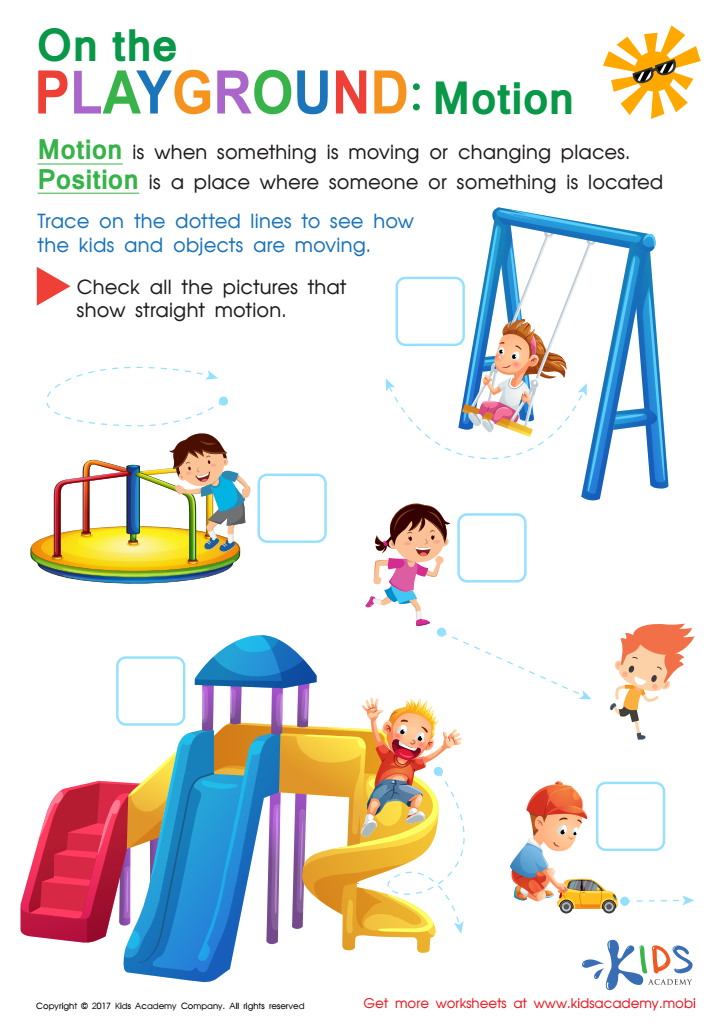

Position and Motion Worksheet
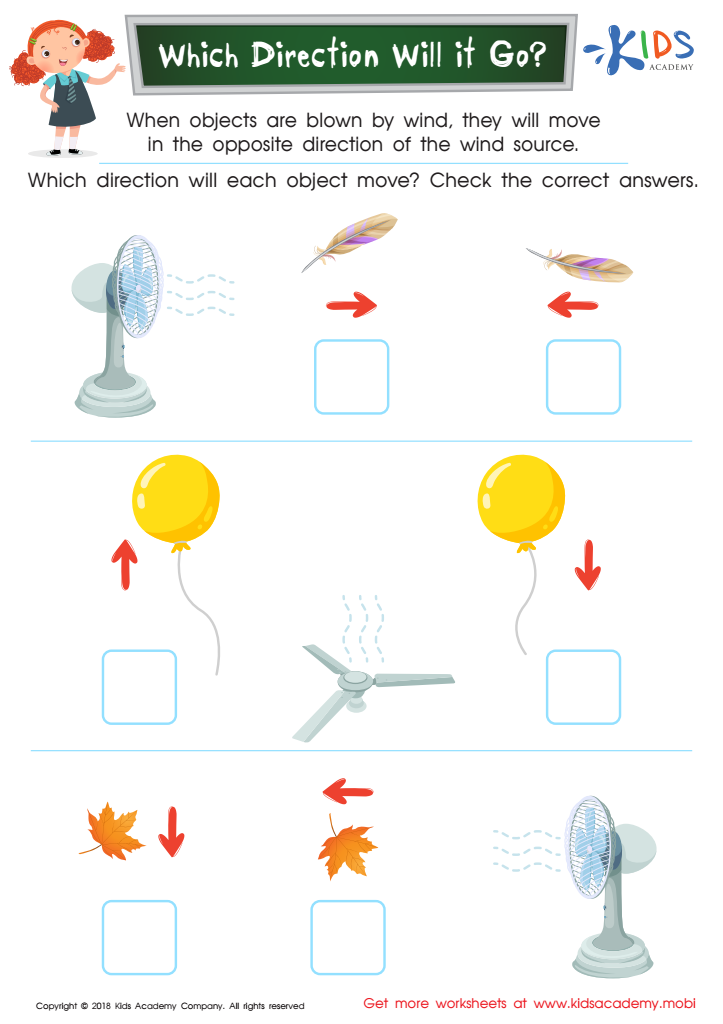

Which Direction Will it Go? Worksheet
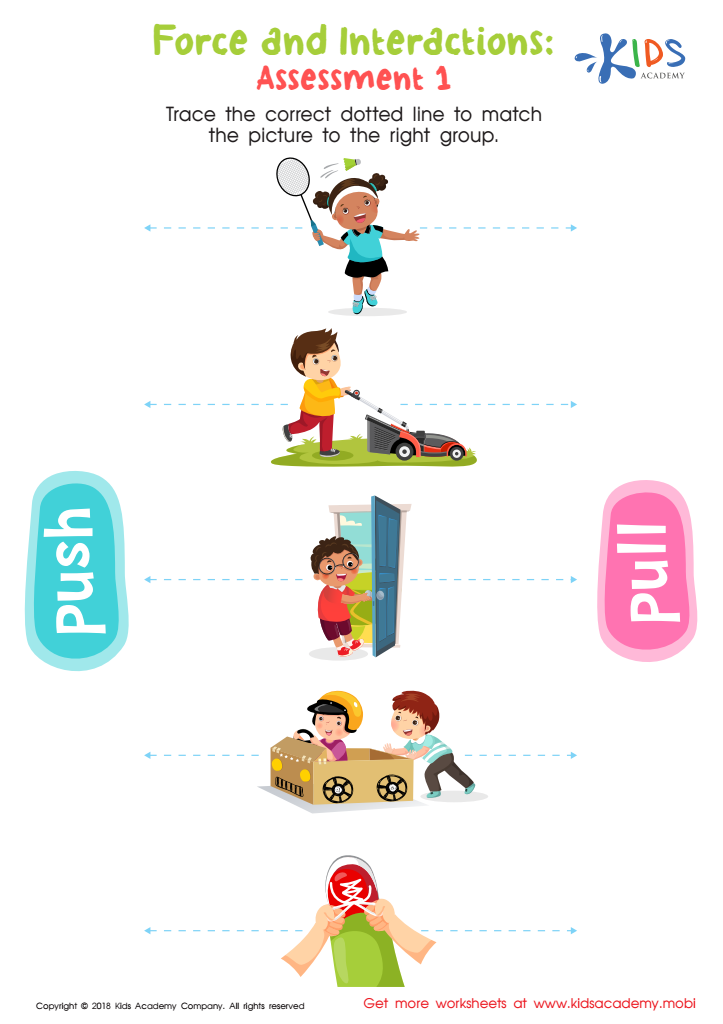

Force and Interactions: Assessment 2 Worksheet
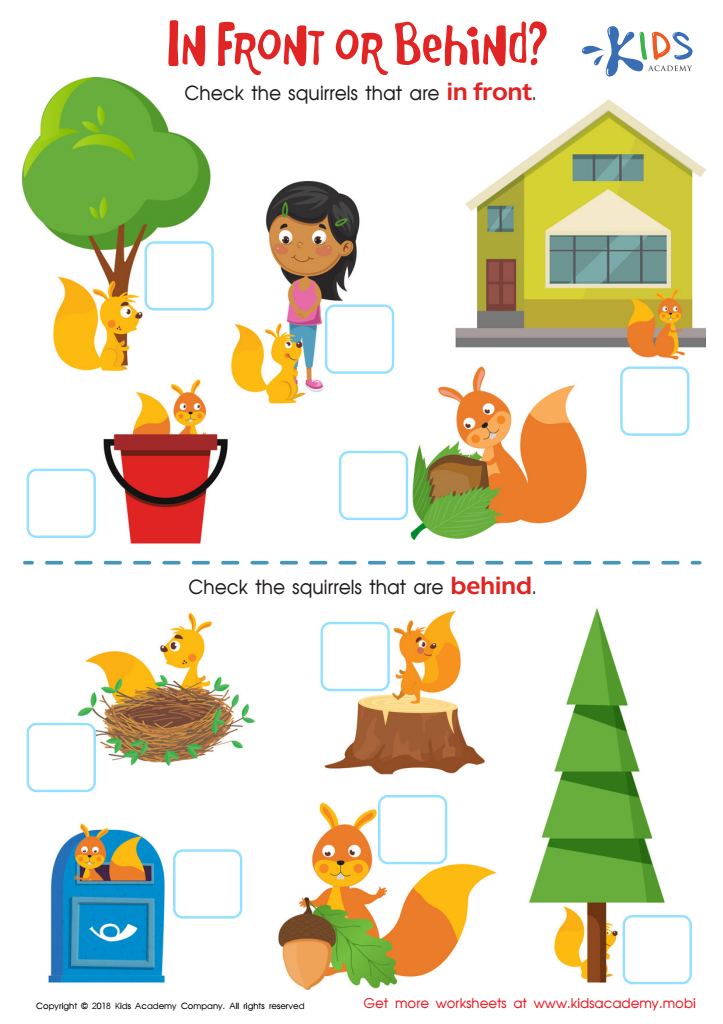

In Front or Behind: Part 2 Worksheet
Spatial awareness and physical science are fundamental areas of early childhood development, holding much importance for children aged 4-9.
Spatial awareness involves the understanding of how objects relate to each other and to oneself in space. Developing spatial skills is essential for everyday activities, such as navigating around a room, playing sports, and understanding maps. It also lays the groundwork for more complex cognitive tasks, such as problem-solving and critical thinking. Cultivating these skills early on can lead to success in subjects like math and science, as spatial reasoning is crucial for understanding diagrams, geometric shapes, and even higher-level concepts like physics and engineering.
Introducing children to physical science during these formative years sparks curiosity and a love for learning. Engaging in simple experiments and observations helps children grasp fundamental scientific concepts such as gravity, magnetism, and states of matter. This hands-on interaction promotes inquiry-based learning, where children are encouraged to ask questions, make predictions, and understand the natural world around them.
Together, these areas foster an environment where young minds can develop critical thinking, creativity, and a better understanding of their surroundings. By paying attention to these aspects of development, parents and teachers equip children with the foundational skills needed for academic success and lifelong learning.
 Assign to My Students
Assign to My Students


.jpg)
